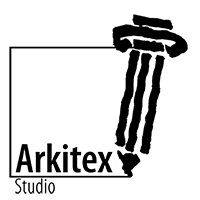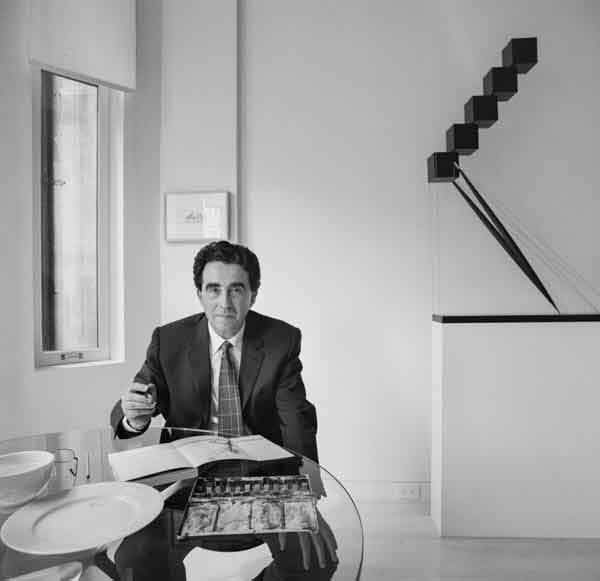Santiago Calatrava was born in July 28, 1951 in Benimamet, a municipality now integrated as an urban part of Valencia, Spain. Calatrava is a world renown Spanish architect who opened his first architectural and engineering firm in Zurich, Switzerland and later opened offices in Paris, Valencia, and New York.
Calatrava’s inspiring architecture is derived from his talent to incorporate both engineering feats and aesthetics into extraordinary iconic structures. Calatrava’s buildings marry engineering and biology, a design method used in architecture called ‘biomimicry’. Biomimicry is the reproduction of natural biological designs that is incorporated in both engineering and architectural processes. Some biomimetic processes are found in inventions and design features, such as Velcro, wind turbines, and super trains; just to name a few.
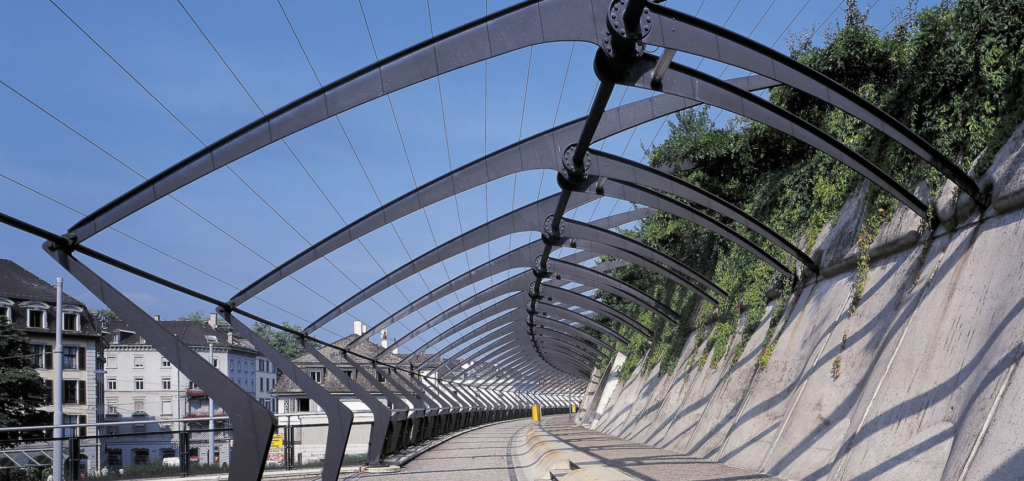
Calatrava incorporates these same processes in his buildings and bridges. Santiago Calatrava’s first big civic commission, a train station in Zurich [Fig. A], is said to have been inspired by a skeleton of a dog. Another inspiring and familiar work that incorporates and suggest natural design can be seen in his first skyscraper, known as the Turning Torso, built in Malmo, Sweden. [Fig. B] This 54-story skyscraper, with a 90-degree center axial twist suggests the twisting of the human spine. Calatrava is motivated by the belief that the biological structure found in skeletons are mechanical perfections. He believes his understanding of these natural processes gives him the ability to design and create these structures with efficiency.
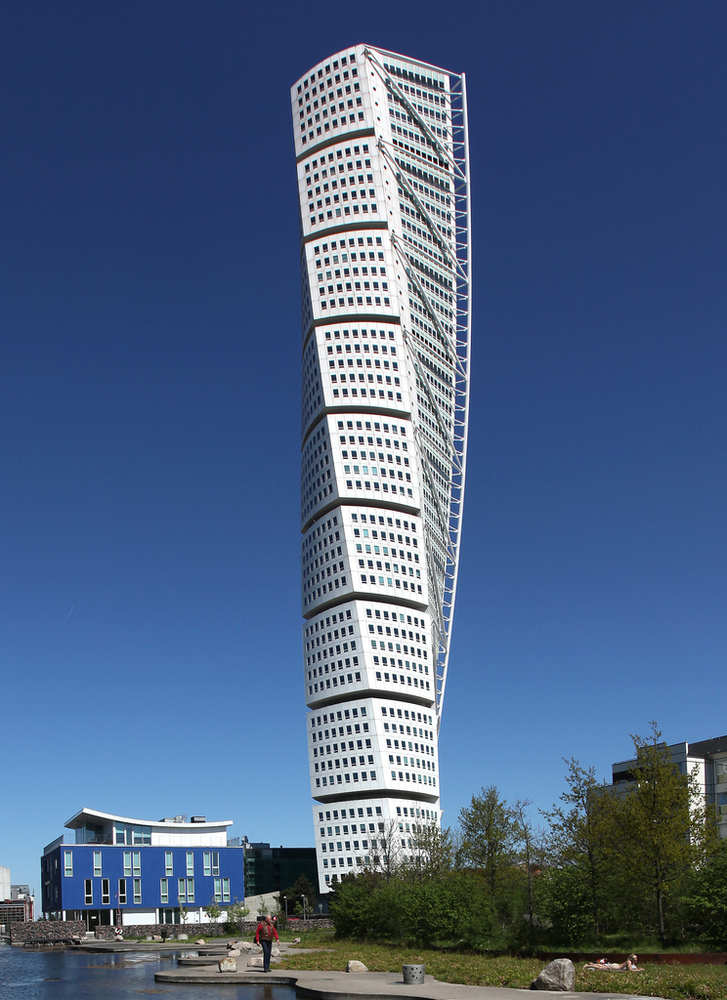
Calatrava’s work is found throughout the planet, however, another inspiring work, that I hope to visit soon, is the Oculus station house [Fig. C], located above the New York City Subway’s WTC Cortlandt station. The interior of the station house contains two underground floors, which house part of the Westfield World Trade Center mall. Calatrava is said to have designed the Oculus after a winged dove, a symbol that represents peace and most fitting to the tragedy that took place exactly 19 years ago at that very same location.
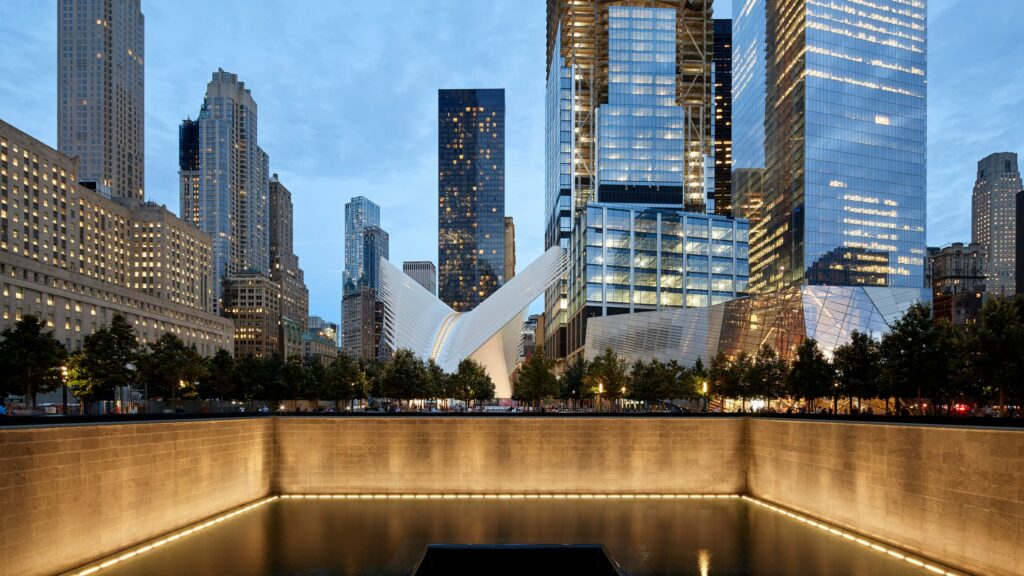

Written by Phillip Cedeno, Associate AIA
